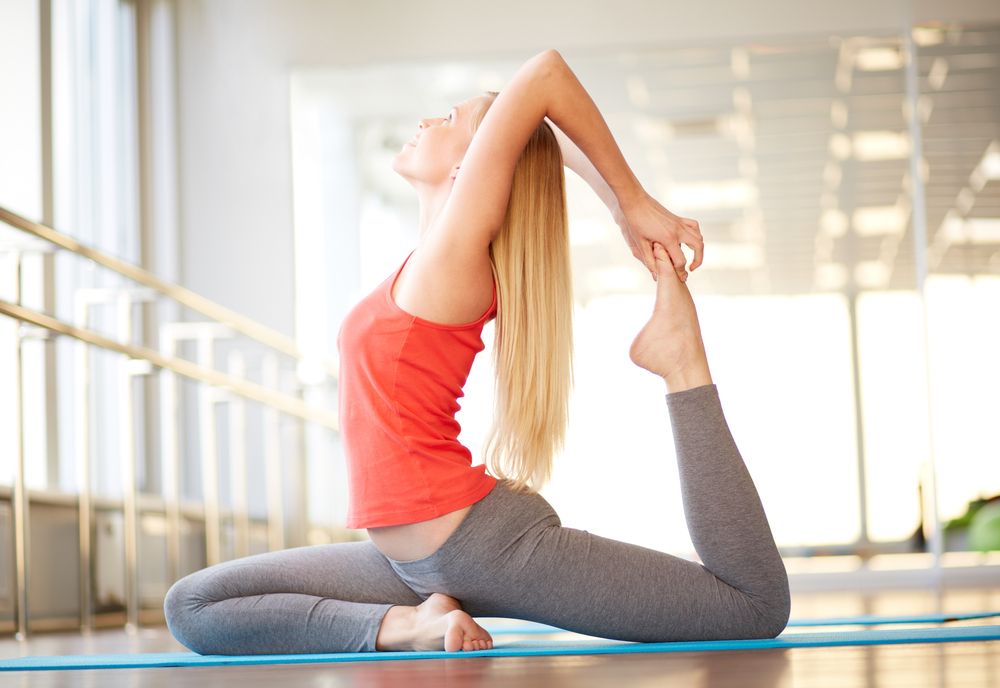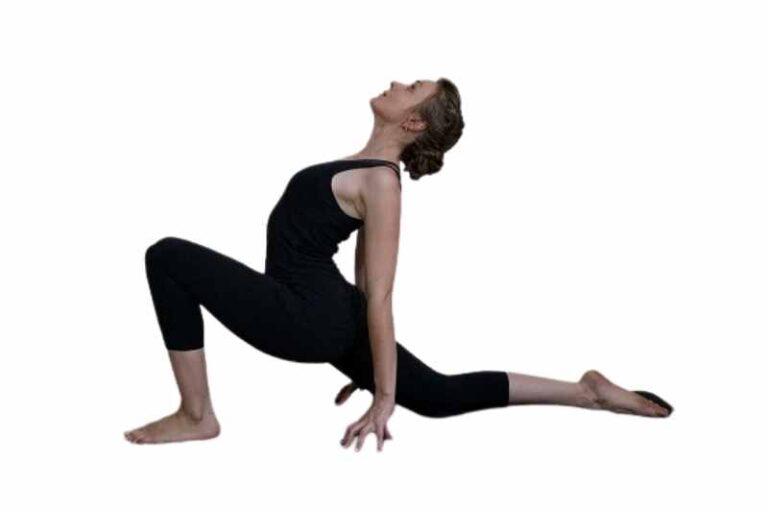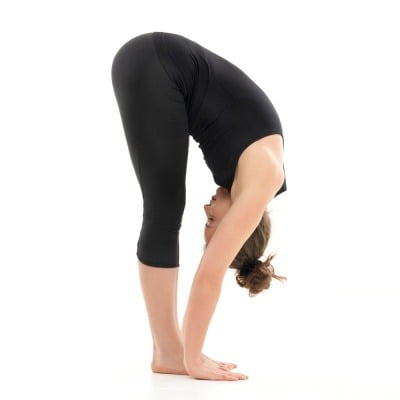Surya Namaskar - Importance, benefits, steps
SURYA NAMASKAR:
Surya namaskar aka sun salutation, is a sequence of yoga postures that are traditionally performed in the morning to greet the sun. It is a comprehensive workout for the body and mind, combining a series of 12 asanas (poses) that stretch, tone, and energize the body.
Surya Namaskar is not only a physical exercise but also has spiritual significance in Hinduism. It is often performed in a rhythmic, continuous flow, integrating breath and movement to create a meditative state and enhance physical strength, flexibility, and mental clarity.
The practice of Surya namaskar can be traced back to the Vedic period of India, where the sun is worshiped as a god and saluting it is seen as a way to honor its power and energy. Surya namaskar has made its way into yoga in the mid 1930s and was refined and popularized by BhavanaRao Pant Pratinidhi in the 1920s.
BENEFITS OF SURYA NAMASKAR: Surya namaskar not only has physical benefits at the same time it helps human in mental and spiritual health too.
Physical Benefits:
Improves Flexibility: The sequence of postures stretches and strengthens various muscles, enhancing overall flexibility.Strengthens Muscles and Joints: It engages different muscle groups and joints, improving strength and endurance.
Tones Muscles: Regular practice helps tone muscles, especially in the arms, legs, and abdomen.
Mental and Emotional Benefits:
Reduces Stress and Anxiety: The synchronized breathing and movement have a calming effect on the mind, reducing stress and anxiety.Improves Concentration and Focus: The meditative aspect of the practice enhances mental clarity and focus.
Enhances Mood: The release of endorphins during the exercise improves mood and overall emotional well-being.
Promotes Relaxation: The rhythmic flow and deep breathing promote relaxation and a sense of peace.
Spiritual Benefits:
Cultivates Mindfulness: The practice fosters mindfulness and a greater awareness of the present moment.Enhances Energy Flow: It helps in balancing and enhancing the flow of prana (life force energy) throughout the body.
Promotes Spiritual Growth: For those on a spiritual path, it can be a form of moving meditation, aiding in spiritual growth and self-awareness.
Pranamasana (Prayer Pose): Stand at the edge of your mat, keep your feet together, and balance your weight equally on both feet. Expand your chest and relax your shoulders. As you inhale, lift both your arms up from the sides, and as you exhale, bring your palms together in front of your chest in a prayer position.
Hasta Uttanasana (Raised Arms Pose): Breathe in and lift your arms up and back, keeping the biceps close to the ears. The idea is to stretch the whole body up from the heels to the fingertips.
Hasta Padasana (Hand to Foot Pose): Breathe out and bend forward from the waist, keeping the spine erect. As you exhale completely, bring the hands down to the floor beside the feet.
Ashwa Sanchalanasana (Equestrian Pose): Breathe in and push your right leg back as far as possible. Bring the right knee to the floor and look up.
Dandasana (Stick Pose): As you breathe in, take the left leg back and bring the whole body in a straight line.
Ashtanga Namaskara (Salute with Eight Parts or Points): Gently bring your knees down to the floor and exhale. Take the hips back slightly, slide forward, and rest your chest and chin on the floor. Raise your posterior a little bit. The two hands, two feet, two knees, chest, and chin (eight parts of the body) should touch the floor.
Bhujangasana (Cobra Pose): Slide forward and raise the chest up into the Cobra pose. You may keep your elbows bent in this pose with the shoulders away from the ears. Look up.
Adho Mukha Svanasana (Downward Facing Dog Pose): Breathe out and lift the hips, bringing the body into an inverted V shape.
Ashwa Sanchalanasana (Equestrian Pose): Breathe in and bring the right foot forward between the hands. The left knee goes down to the floor. Press the hips down and look up.
Hasta Padasana (Hand to Foot Pose): Breathe out and bring the left foot forward. Keep the palms on the floor. You may bend your knees if necessary.
Hasta Uttanasana (Raised Arms Pose): Breathe in and roll the spine up. Raise the hands and bend backward a little bit, pushing the hips slightly outward.
Tadasana (Mountain Pose): As you exhale, first straighten the body and then bring the arms down. Relax in this position and observe the sensations in your body.


















Comments
Post a Comment